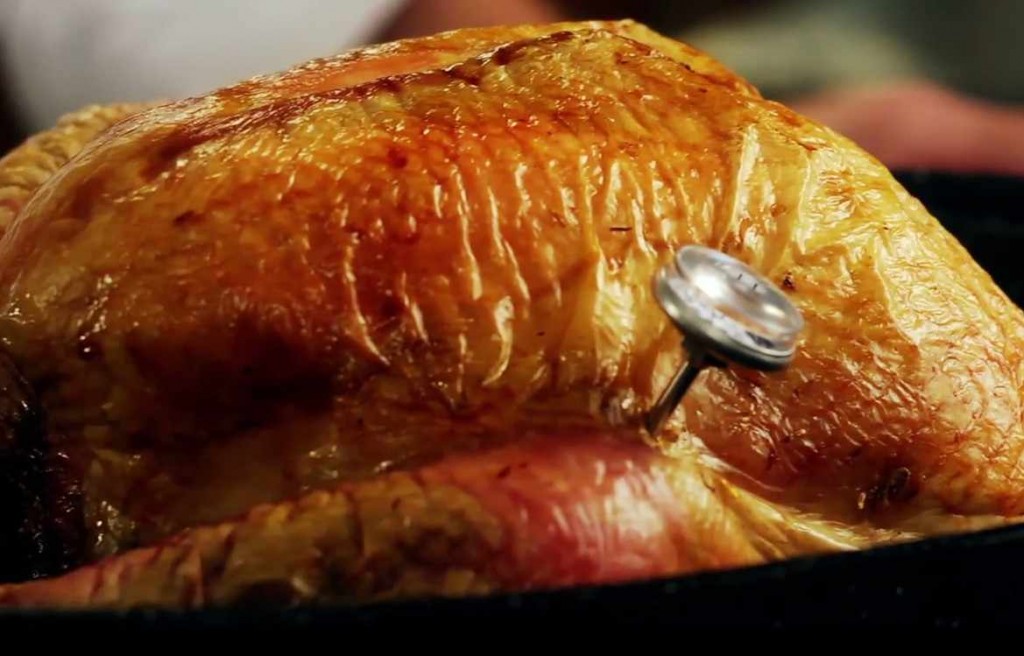-
Food Safety Tips: Keep Your Family and Guests Safe this Holiday

'Tis the season for family gatherings and plenty of turkey. This Thanksgiving, be sure to keep your family and guests safe from foodborne illnesses. The Centers for Disease Control and Prevention estimates 1 in 6 Americans (48 million) get sick with foodborne illnesses each year. Broken down further, 128,000 people require hospitalization and 3,000 die of these illnesses, with the most vulnerable being children and the elderly. Mayo Clinic Healthy Living Program dietician Angela Murad offers insight and tips on how to keep your family and guests healthy this holiday.
Thawing Your Turkey
- Plan ahead when thawing turkey. If needed, thaw turkey breast-side down in a clean, sanitized sink (use 1 tablespoon of chlorine bleach to one gallon water). Change the water every 30 minutes and allow 30 minutes to thaw for every pound. Be sure to clean and sanitize the sink again after thawing the turkey.
Most Common Food Safety Mistake
- Do not rinse your raw turkey. "One of the most common food safety mistakes made during the holiday season is washing or rinsing raw turkey. When the raw meat is washed or rinsed, bacteria is spread to other foods around the sink and counter. Research shows that heat from roasting the turkey kills the bacteria," stresses Murad. "If you insist on rinsing the turkey or have family members that are used to this practice, be sure to clean and sanitize the entire sink and counter area with a solution of one tablespoon chlorine bleach to one gallon water before and after rinsing the turkey."
- Put food away within two hours. For best food safety, Thanksgiving dinner should not be left out on the table any longer than two hours. It is within this time where foods can reach temperatures within “the danger zone” (40-140 degrees F) and bacteria can multiply rapidly.
- Place leftovers in uncovered, shallow pans (less than 2” in depth) to assure fast, uniform cooling. Reheat leftovers to a minimum of 165 degrees F.
Best Kitchen Tool
- A valuable tool needed in the kitchen is a thermometer. A meat thermometer assures that the meat has reached its minimum internal temperature. It’s best to use a thermometer instead of relying on the color of the meat or the pop-up timer which typically have a short probe and do not get an accurate internal temperature. For all poultry, the proper minimum internal temperature is 165 degrees F. Be sure to periodically calibrate the thermometer.
Proper Food Handling Strategies
- Handwashing is imperative. Use soap and water and scrub hands and fingers for a minimum of 20 seconds. Use a clean paper towel to dry hands.
- Use a clean dish towel each morning. If the towel is used to clean up any raw meat juices, the towel needs to be put in the dirty laundry and replaced with a new towel.
- If food smells good and tastes okay, it doesn’t always indicate food is good. Most bacteria do not change the taste, smell or appearance of most food. Food thermometers can assure foods reach their proper minimum internal temperatures.
Have a safe and plentiful Thanksgiving holiday.







